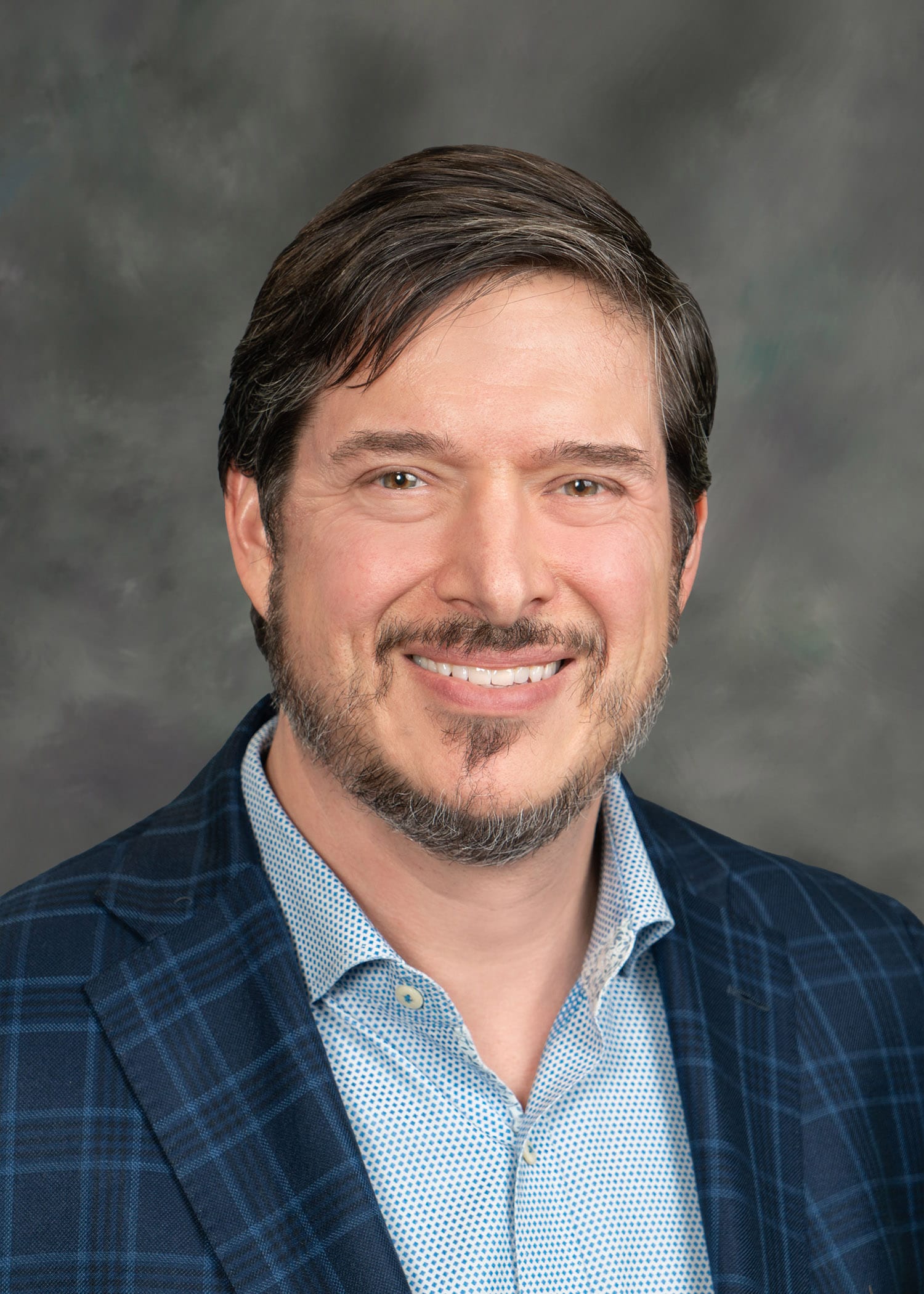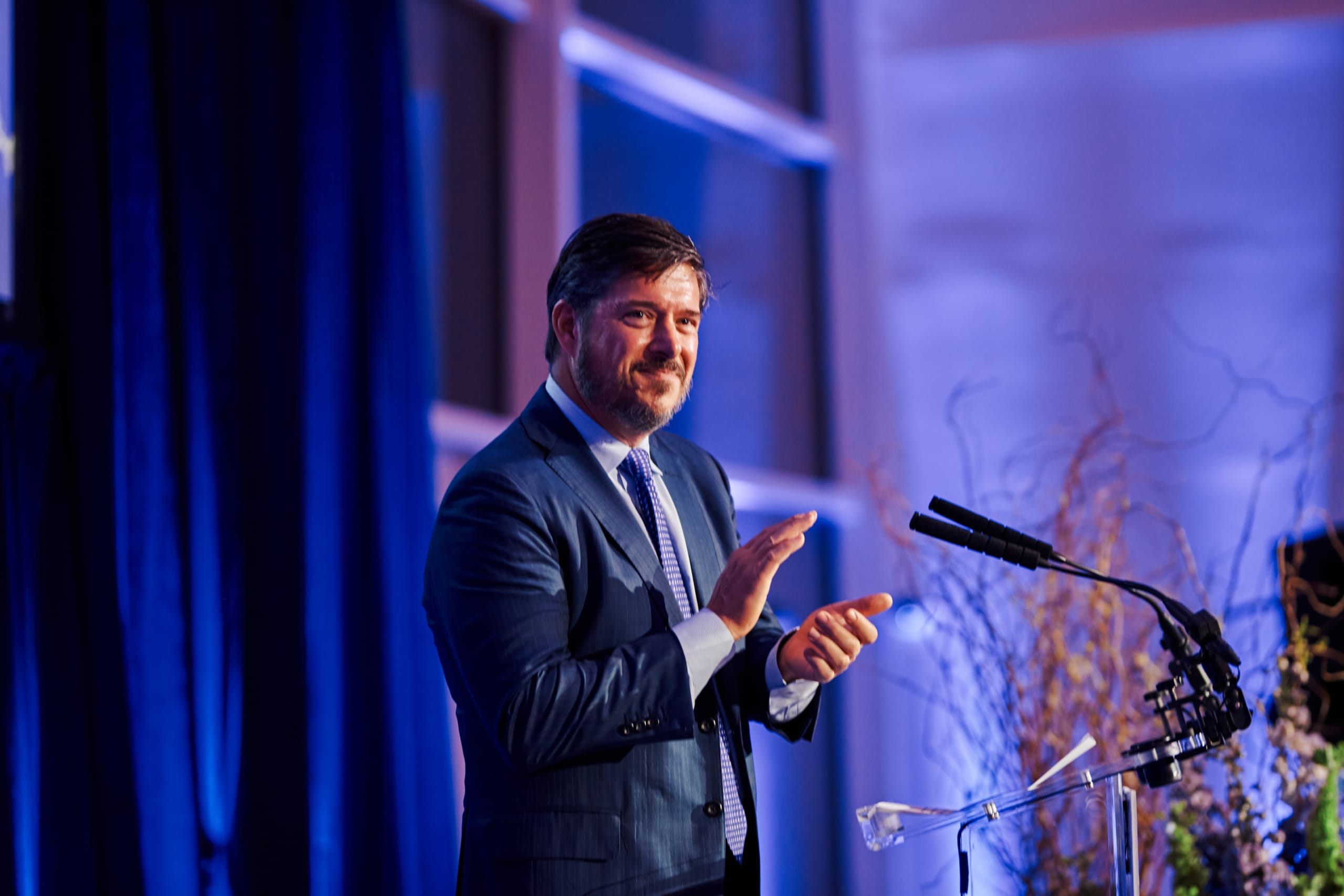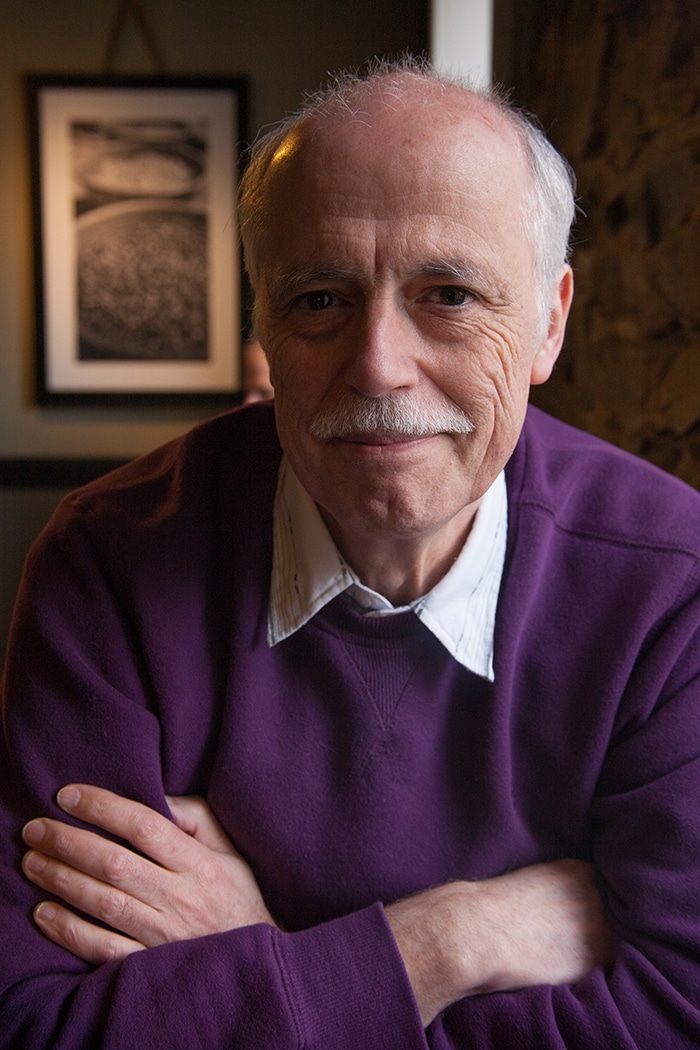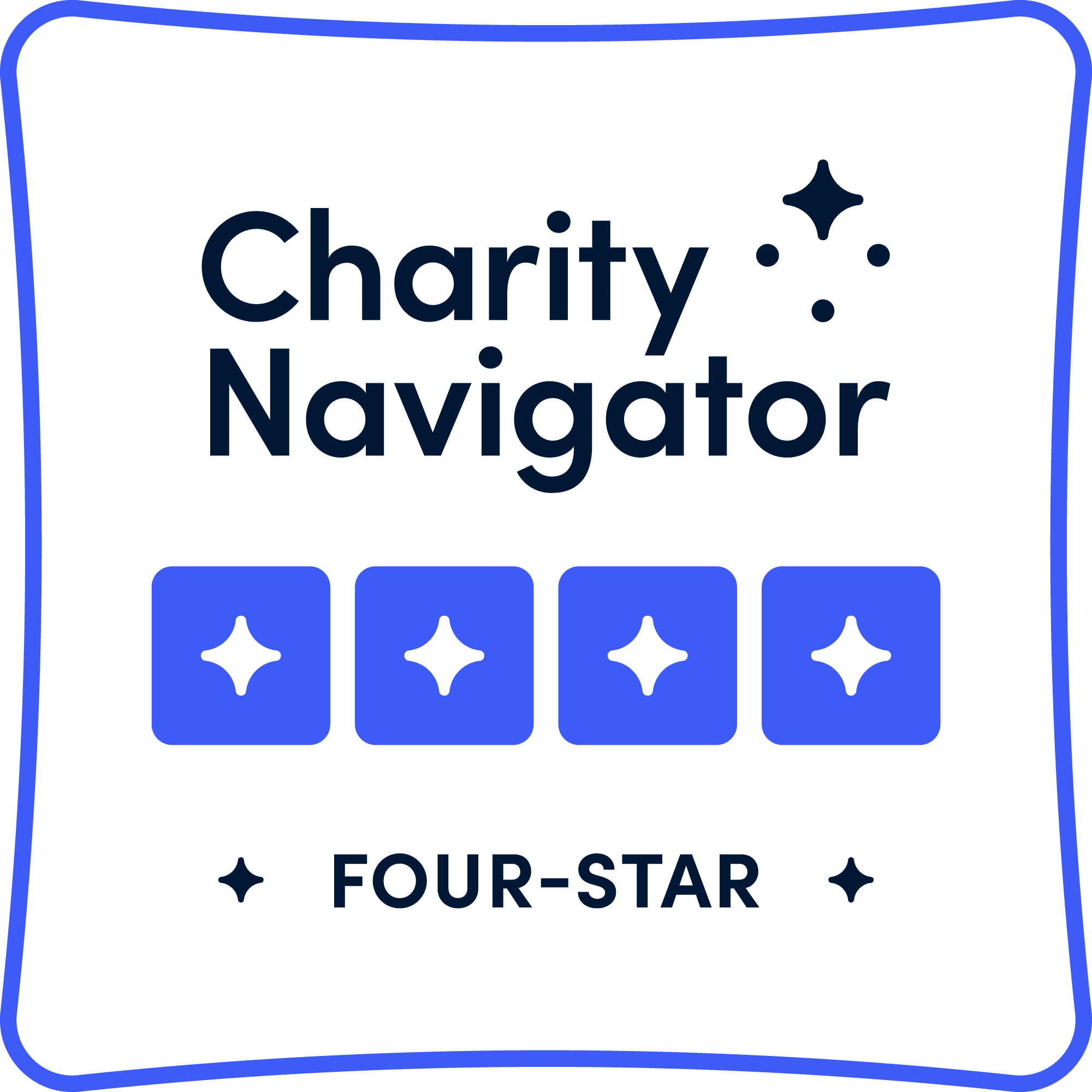
In Tuesday evening’s State of the Union address, President Obama announced his new Precision Medicine Initiative to “bring us closer to curing diseases like cancer and diabetes….” The Alliance for Aging Research has long been a supporter of precision medicine—also known as personalized medicine—as a member of the Personalized Medicine Coalition (PMC).
According to the coalition, personalized medicine “is an emerging field that uses diagnostic tools to identify specific biological markers, often genetic, to help determine which medical treatments and procedures will be best for each patient. By combining this information with an individual’s medical records and circumstances, personalized medicine allows doctors and patients to develop targeted prevention and treatment plans. The goal is to provide the right treatment in the right dose to the right patient at the right time.”
The concept of personalized medicine predicates itself on the idea that we are all “terminally unique” down to the cellular level. It’s an exciting scientific concept that has started to successfully emerge in several disease-specific research areas, from oncology to infectious diseases.
But there is an equally fascinating area of science that theorizes we are actually much more alike than we are different and that getting to the root of this commonality is what ultimately has the potential to one day delay or prevent the costly and harmful conditions of old age. What is this common denominator and number one risk factor for virtually every chronic disease we face? Aging itself.
Researchers are finding that biological processes going on in our aging bodies, such as alterations in cell replacement and repair, stress response, and inflammation, contribute to the development of debilitating conditions of later life like the president mentioned in his speech. This means that even though we might have unique genetic make ups we are all united in a common biological challenge: aging.
And aging isn’t just a biological issue. It threatens the economic fabric of our country.
There are currently 10,000 Americans a day turning 65; by 2030, about one in five Americans will be past that age. To afford the eldercare costs that lay ahead for our country, we must invest now in the prevention and postponement of age-related illness. New realities of population aging and chronic disease call for new thinking in how we fund biomedical research.
Traditionally, the great majority of current federal medical research funds go to study of specific chronic diseases. This research is done in a vacuum, without emphasis on linking to the underlying aging processes that lead to all of them. In fact, less than one percent of the National Institutes of Health’s (NIH) annual budget funds research into the underlying biology of aging and its role in age-related disease.
However, there is a momentous shift occurring. Of the 27 institutes and centers at the NIH, 20 now collaborate to better understand the relationships between the biological processes of aging and age-related chronic diseases and disabilities. Out of this collaboration came a relatively new scientific term to understand how our bodies age: “geroscience.”
Along with geroscience, another term has been thrust on the national stage: “healthspan,” or healthy aging. In October 2013, the Alliance joined with the Foundation for the NIH and the Gerontological Society of America to organize a historic gathering of more than 50 scientists and 500 participants on the NIH Campus. The Advances in Geroscience: Impact on Healthspan and Chronic Disease summit explored common mechanisms governing relationships between aging and chronic diseases and published innovative research recommendations.
At a time when medical research is feeling squeezed, Congress should consider a new funding model for coordinated research into aging across both the NIH and other federal health and research agencies. Such an approach would avoid a tap on existing funds as well as the “disease versus disease” battle that plagues NIH appropriations year after year. Disease-specific research—including the exciting new area of personalized medicine—will remain important, but this approach would augment collaboration and help lift all boats.
As we have learned from the experiences with polio and HIV/AIDS, significant federal investment in biomedical research can have a profound impact on not only reducing mortality and morbidity, but on reducing health care costs. A 2013 study published in Health Affairs by researchers at the University of Southern California, Harvard, Columbia, and the University of Illinois at Chicago hypothesizes the likelihood that it will be possible by 2030 to develop interventions that increase human life expectancy at age 51 by 2.2 years—and that most of those added years would be spent in good health. These researchers also estimate that the increase in healthspan would have an economic benefit of approximately $7.1 trillion by the middle of this century.
The evidence is strong that one of the most effective strategies in “bending the cost curve” in health care is preventing age-related chronic diseases in the first place. While we look forward to learning more about the President’s Precision Medicine Initiative, we also strongly hope he will consider funding a federally coordinated effort in geroscience.
As the great author Maya Angelou once said, “We are more alike, my friends, than we are unalike.”





